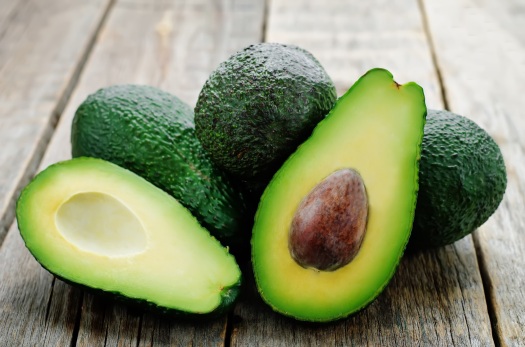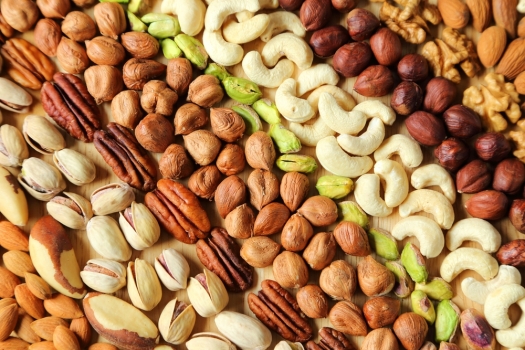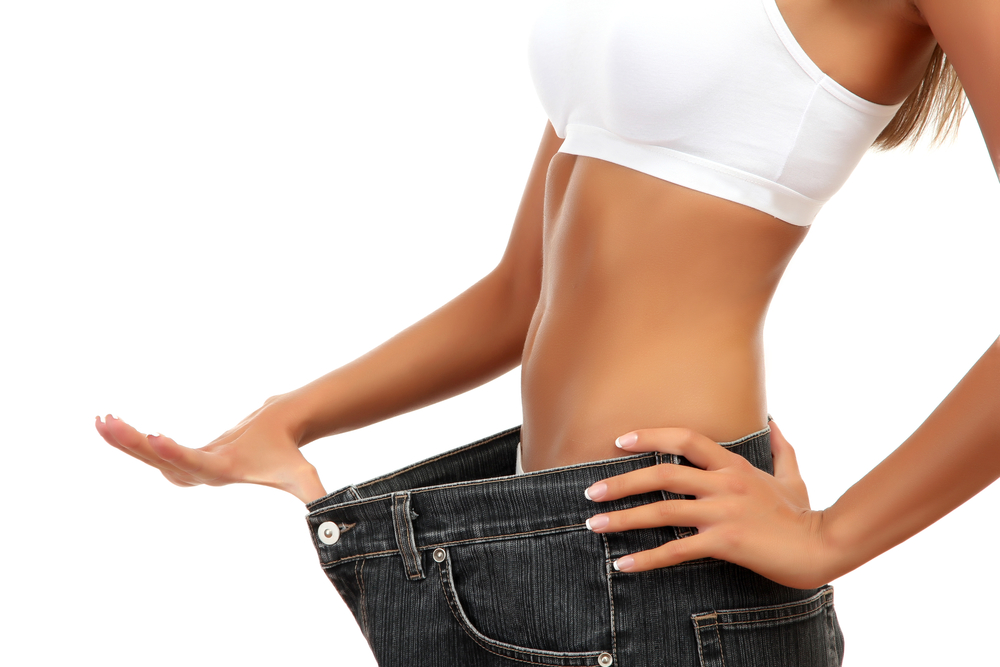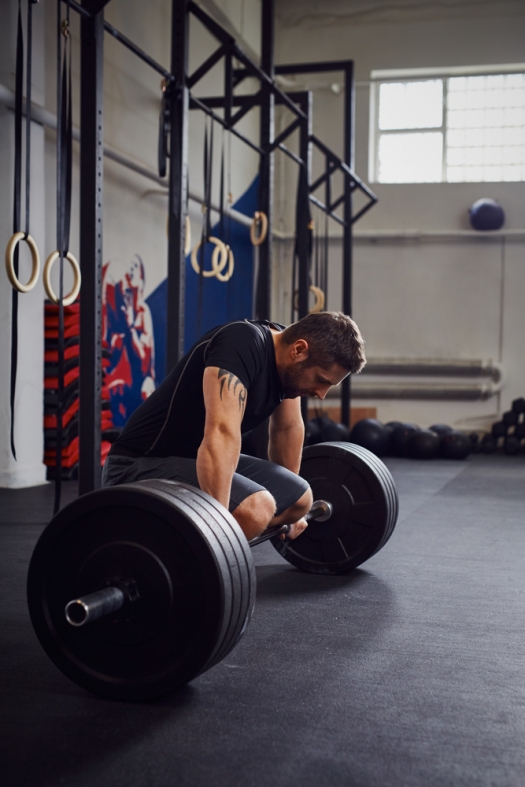Ketogenic diets have been around for years, but have seen a huge boost in popularity recently. With so many diet trends coming and going, why has keto stuck around so long? And why has it become so much more popular recently?
Let’s begin by addressing what a “Keto Diet” is. In its simplest form, a ketogenic diet involves cutting out carbs, but there’s a lot more to a proper ketogenic diet that just not eating carbs. A general recommendation for a ketogenic diet is to eat 70% of your calories from fat and 30% from protein, eating as few non-fibrous carbs as possible (fibrous carbs are not digestible so eat your veggies. They’re an essential part of this diet). How is this possible? Surprisingly, carbs are not essential in your body. There are essential amino acids and essential fatty acids, but carbohydrates are not needed for your body to function. It’s true that glucose is your body’s preferred energy source, however, in the absence of glucose, your body will adapt in one of two ways. One option is for your body to undergo a process called gluconeogenesis in which excess protein is converted to glucose to be used for energy. As you may have guessed, protein being converted to glucose is not exactly optimal for gains. The other option is for excess fat to be converted into a chemical called ketones, which themselves can be used for energy. This is why it is ESSENTIAL to make sure you’re eating excess fat when doing a ketogenic diet, otherwise, your body will begin to burn through protein that could otherwise be used to build muscle. However, if you are eating enough fat, this will not be an issue. Ketone supplements may also be able to help put you in a state of ketosis even in the presence of carbs, however, I need to do more research before I comment on any of these claims. By now we’ve established that people can get away with not eating any carbs, but why would anyone want to cut out carbs?
Recently, people are joining the #WarOnCarbs (a term coined by world-renowned powerlifter Mark Bell) primarily as a way to lose body fat. The keto diet does allow for a tremendous amount of weight loss in a short time, but before we praise it as the new “miracle diet,” let’s take a look at how this weight loss actually occurs. A primary driving factor of fat loss from the ketogenic diet is the caloric restriction that occurs naturally from cutting carbs. This concept of calories in versus calories out (thermodynamics) is universal to all diets, meaning that keto does not hold an edge in this regard. However, it does have several other benefits outside of its direct impact on weight loss! Many keto-lovers are people who will binge on sugar uncontrollably as soon as they have a taste of carbs. With a ketogenic diet, these carbs are eliminated, making the diet easier to adhere to. Ketones themselves also have several other fat-burning benefits such as their ability to help suppress hunger, making it easier to eat fewer calories. Since the brain operates extremely efficiently on ketones you may also be more focused during your workouts! Their ability to help lower insulin levels will also provide more balanced energy, preventing the energy crash that you may sometimes feel after eating carbs. In terms of general health, ketones may also help to fight seizures and Alzheimer’s due to a potential increase in mitochondria in the brain. Diabetics may also do well on a ketogenic diet because the absence of carbs lessens the body’s reliability on insulin. Cancer patients may be the ones to benefit most from a ketogenic diet, however, as the cancer cells thrive in the presence of glucose. Because of this, the removal of carbs essentially “starves” the cancer cells.
Clearly, there are a ton of benefits to this diet. However, in terms of actual fat loss, almost every “benefit” relates to helping you to control your calories. While a ketogenic diet may all of for these calories to be easier to control, ketosis is far from necessary to achieve being in a caloric deficit. On top of this, much of the “weight loss” that occurs immediately is simply water weight. Your muscles store carbs as glycogen, a molecule that will be used for energy when you move. However, in the absence of carbs, theses glycogen stores will become almost completely depleted. Each gram of glycogen stored also carries 3 grams of water with it. This water is stored in the muscles so it will not make you look bloated, however, when you deplete your glycogen stores, you also lose the water that was previously stored within the muscle. This lost water weight accounts for much of the “weight loss” that many people initially see on ketogenic diets. I want to point out that this is alright as your body learns to run off ketones rather than carbs, however, this lost weight has nothing to do with fat loss.
There are also some negatives to a ketogenic diet that may discourage you from trying it. One of the biggest issues with a ketogenic diet is adherence. There’s no doubt that this issue exists throughout all diets, however, it is even more pronounced in the ketogenic diet. If you eat just enough carbs to take yourself out of ketosis, you will be left with no significant amount of ketones or carbs to use as energy, leaving you exhausted. Even if you remain in ketosis your performance may suffer due to the depleted glycogen stores that were mentioned earlier, which would greatly reduce recovery rates. It can also be difficult to get enough protein on a ketogenic diet. It would be nearly impossible to eat the 1g of protein per pound of bodyweight that the ISSN (International Society of Sports Nutrition) recommends without going over your daily calorie allowance.
With a ketogenic diet relying primarily on the creation of a caloric deficit, it is far from a “miracle diet” for fat loss as many people claim, it could still very well be the best diet for you. In the end, I am not arguing for or against a ketogenic diet. I’m saying that you should adhere to the diet that works best for you! What makes you feel good? What is most convenient for you? What allows you to train harder? What allows you to recover best? What gives you results? All of these are questions that you should know the answer to in order to make sure you’re getting the most out of your diet. Look at these answers and decide if the keto diet works best for you! If you’re interested in switching to a ketogenic diet, do some more research and try it out! Just note that my basic explanation of the diet was just to give you an idea of what this diet is all about. Do some more research on exactly what you should be eating before starting. It is also a good idea to check with your doctor before making any big changes to your diet. To make this simple, the diet that is best for you is the diet that makes you feel great and is easy to follow. Find that diet and stick to it!
Thank you for reading! Let us know in the comments if you have any questions or reach out on social media (@thefitexpo) and let us know what you want to see in the future!
Alex Gaynor (@alexgaynor_)











